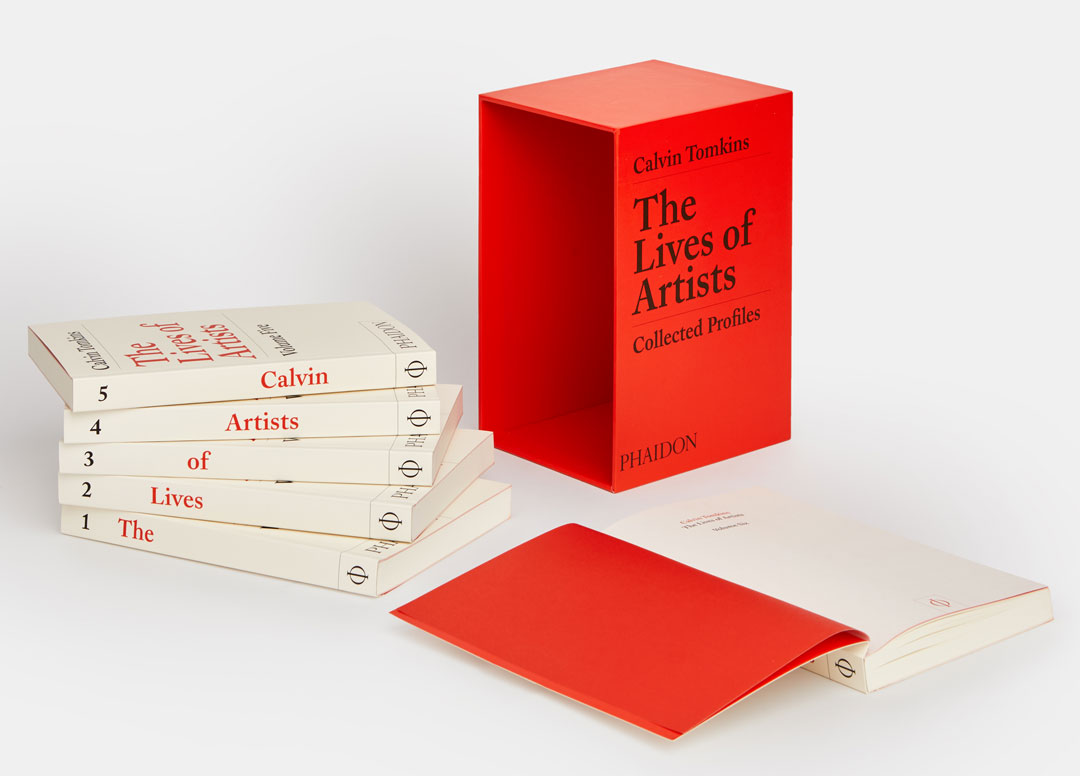
All you need to know about The Lives of Artists
The definitive collection of artist profiles by New Yorker writer Calvin Tomkins - from the 1960s right up to today
In the introduction to The Lives of Artists, The New Yorker’s editor David Remnick describes a typical meeting with its author, Calvin ‘Tad’ Tomkins. “Every few months or so, Tad and [Tomkins’ wife] Dodie come to the office. Our editorial meetings are brief. ‘Here is what’s happening,’ Tad says. ‘This artist is astonishing.’”
Remnick knows to trust his profile writer. Tomkins has been on the staff of The New Yorker since 1960, and, over that 59 year stretch, he has profiled almost every important artist within the contemporary art world.
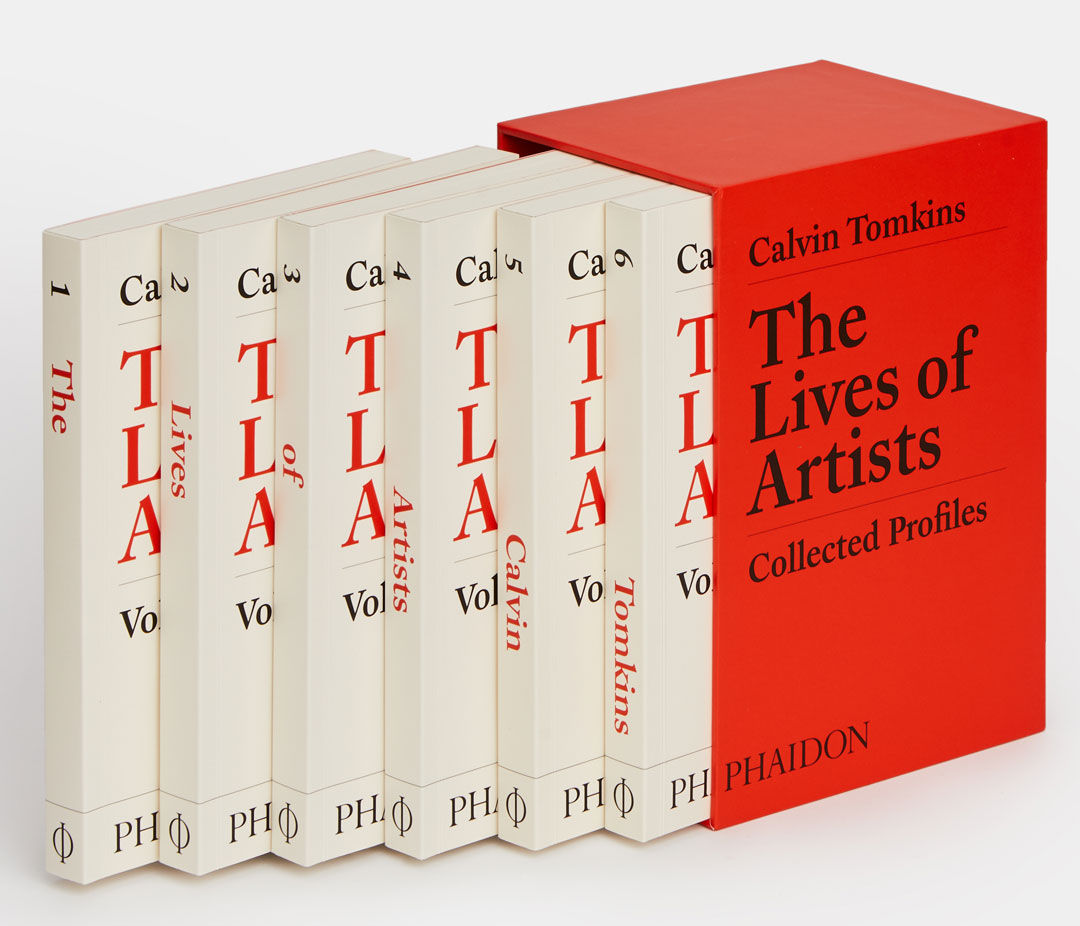
Phaidon’s new collection of Tomkins’ work, The Lives of Artists, brings together 82 of those significant profiles in a neat package of six paperback books.
These include lengthy, personal accounts of his time spent with legendary art world names such as Marcel Duchamp, Andy Warhol, and Jasper Johns, as well occasional briefer pieces on artists like the Swiss painter Paul Klee.
Though Tomkins is exquisitely well connected, he does not write like an elite art world insider. There’s no pretentious terminology, or references to difficult, academic theories. Instead, there's lots of entertaining, exquisite detail. Take this description of Andy Warhol's early illustration technique for instance.
"He would sketch with a pencil until he got what he wanted, then copy the sketch very rapidly in ink on tissue and press the tissue down on watercolor paper before the ink dried," explains Tomkins. "The result was a blotted, broken line that looked spontaneous and fluid and, oddly enough, highly sophisticated."
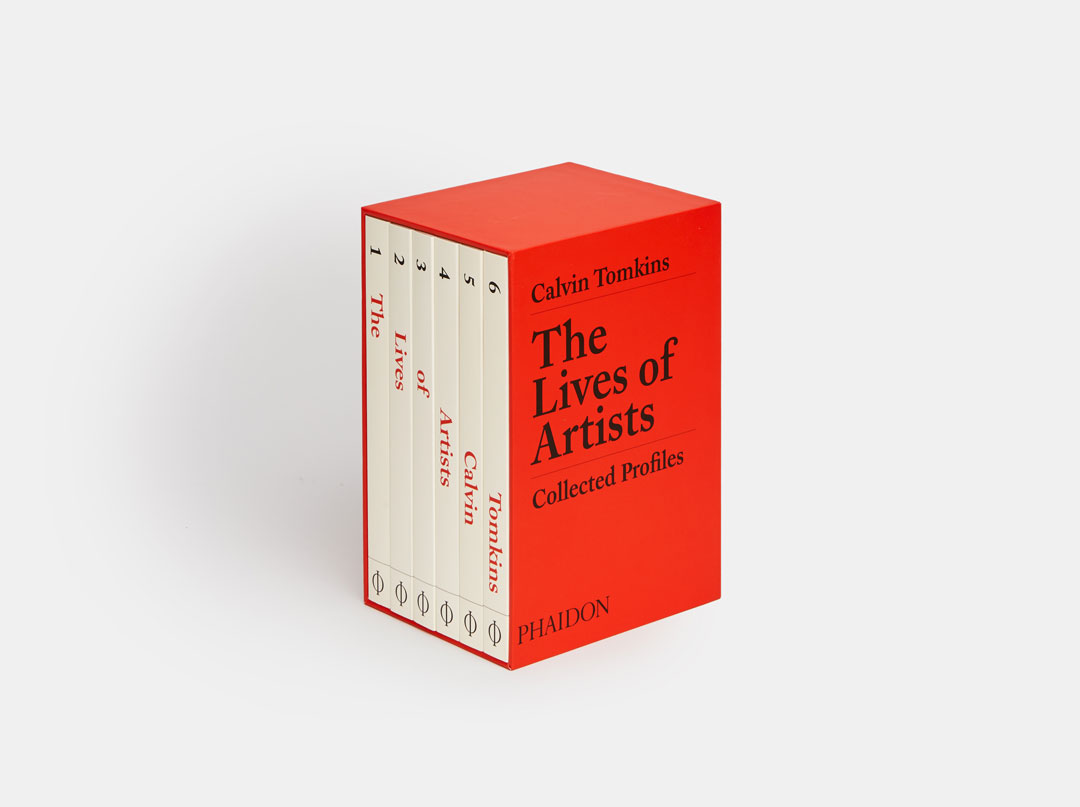
Tomkins keeps things just as simple with his more challenging interviewees. He may have profiled conceptual artists such as Bruce Nauman, but he begins that piece with a crisp description of the artist and his wife. “Bruce Nauman and Susan Rothenberg have lived for the past twenty years on seven hundred acres of open, windswept land near Galisteo, New Mexico, south of Santa Fe. Rothenberg, a painter whose imagery hovers between abstraction and figuration, is sixty-four, high-spirited, talkative, small, easy to like. Nauman, who is four years older, and well over six feet in his made-to-order cowboy boots, has the watchful reticence and the physical bearing of an old-time Western movie star.” The level of detail Tomkins observes, and how he reveals it, is a true joy to behold.
There are equally fantastic insights in all the other pieces. Consider, for example, Richard Serra’s admission to Tomkins that his father used to try to discipline him by having him move large sand piles from one part of the back yard to another. “After I’d spent all day shovelling, he’d come home and say, ‘O.K., tomorrow I want it over there,’” Serra remembers. It's an apt punishment, for the man who finished the late land artist Robert Smithson’s posthumous work.
James Turrell, offers up a similarly telling childhood recollection. “As a child, he laboriously pricked holes in the blackout curtains in his bedroom, to simulate the stars and constellations during the daytime,” writes Tomkins in his Turrell profile. “The curtains had been installed following an air-raid scare in 1942, the year before he was born.”
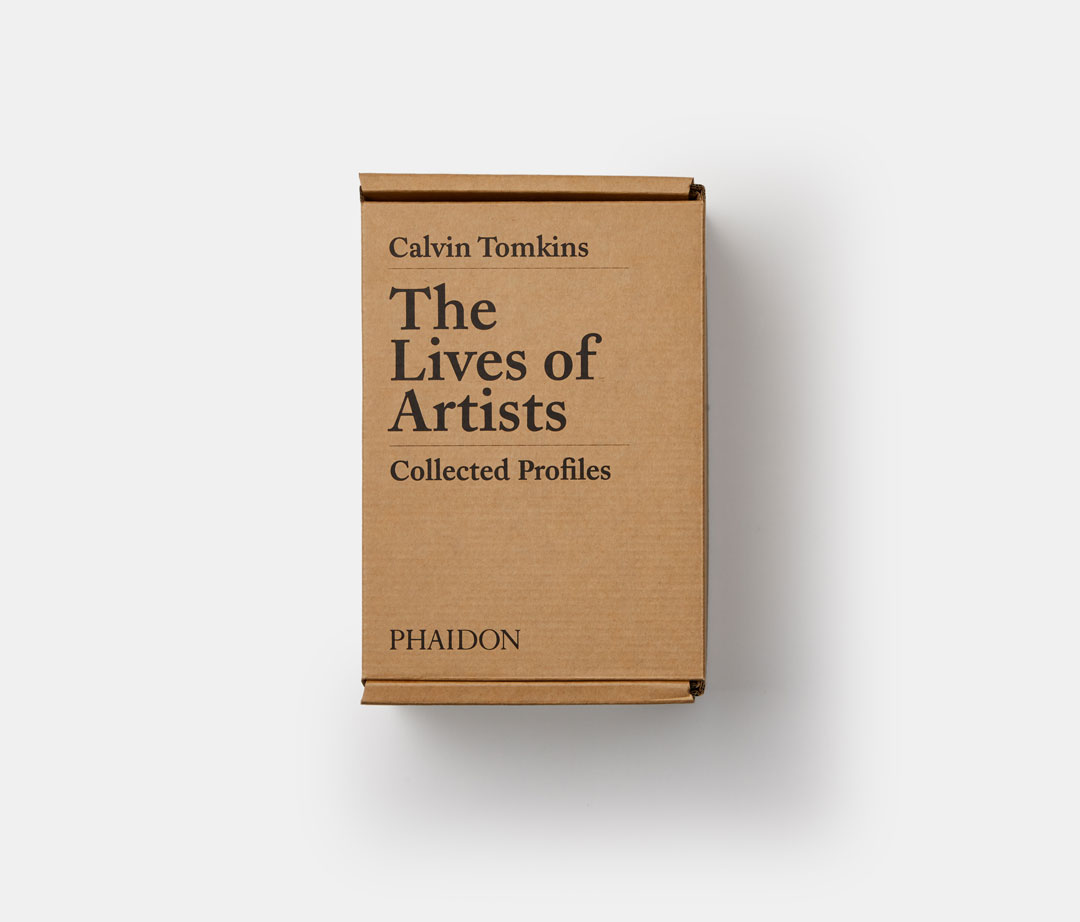
There are other, minor personal revelations in the books. Matthew Barney admits to Tomkins that he had to abandon his early ambitions to become a pro footballer, partly thanks to his height. “I’m six-zero, if I stand up straight”, he tells Tomkins.
You'll learn that Damien Hirst once stole his art dealer’s girlfriend; Ed Ruscha once dated the model Lauren Hutton and that Cindy Sherman and Richard Prince lived together for a year or so; “they broke up in 1982,” writes Tomkins.
We also learn that Alex Katz’ father used to jump off bridges. “Not for money—for the hell of it,” Katz tells Tomkins. “My father was a he-man.” We discover that Jeff Koons “in his soft-spoken way, could sound like a motivational speaker”; and that Mark Bradford used to love going to his local airport, LAX. “I’d see a plane land from Switzerland or Ghana or someplace, and I’d run to where the passengers were getting off and pretend to be getting off with them,” Bradford tells Tomkins. “First time I ever heard foreign languages. I’d push the Smarte Cartes back into the terminal and collect a dollar each for my lunch money.”
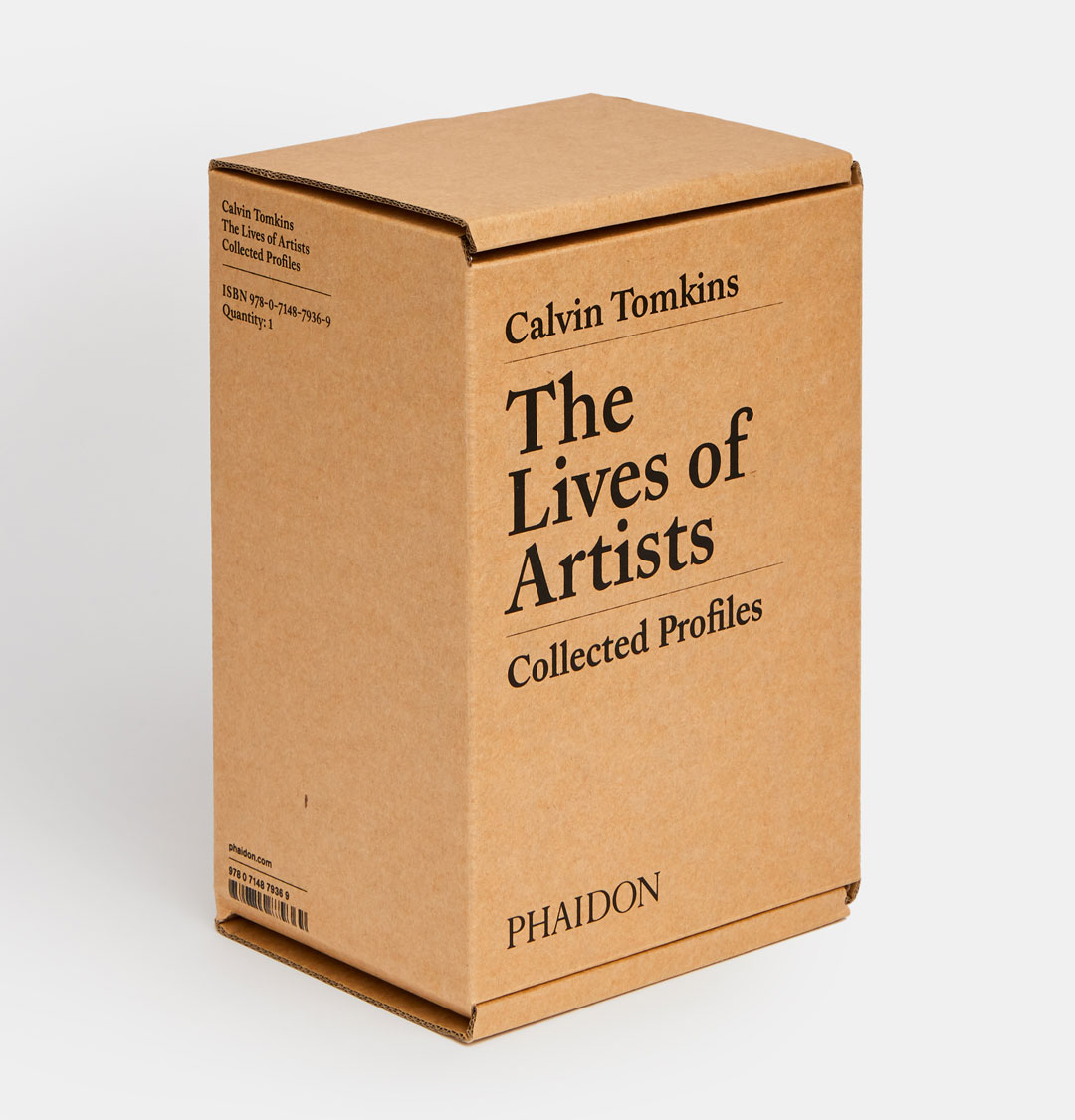
The books also feature Tomkins' profiles of architects such as Frank Gehry, David Adjaye, Renzo Piano and Buckminster Fuller - “Although, technically speaking, Fuller is not an architect, he has come to be recognized as a powerful force in contemporary architecture,” Tomkins points out.
These helpful, entirely factually though apparently off-the-cuff remarks might be why Remnick characterizes Tomkins as “our patient, better-educated, non-patronizing friend, the guy who knows way more than we do but understands that, without him, our attention might wander. He holds our interest with anecdotes, concise description, and dollops of incandescent history. He is open to everything and gets us there with him.”
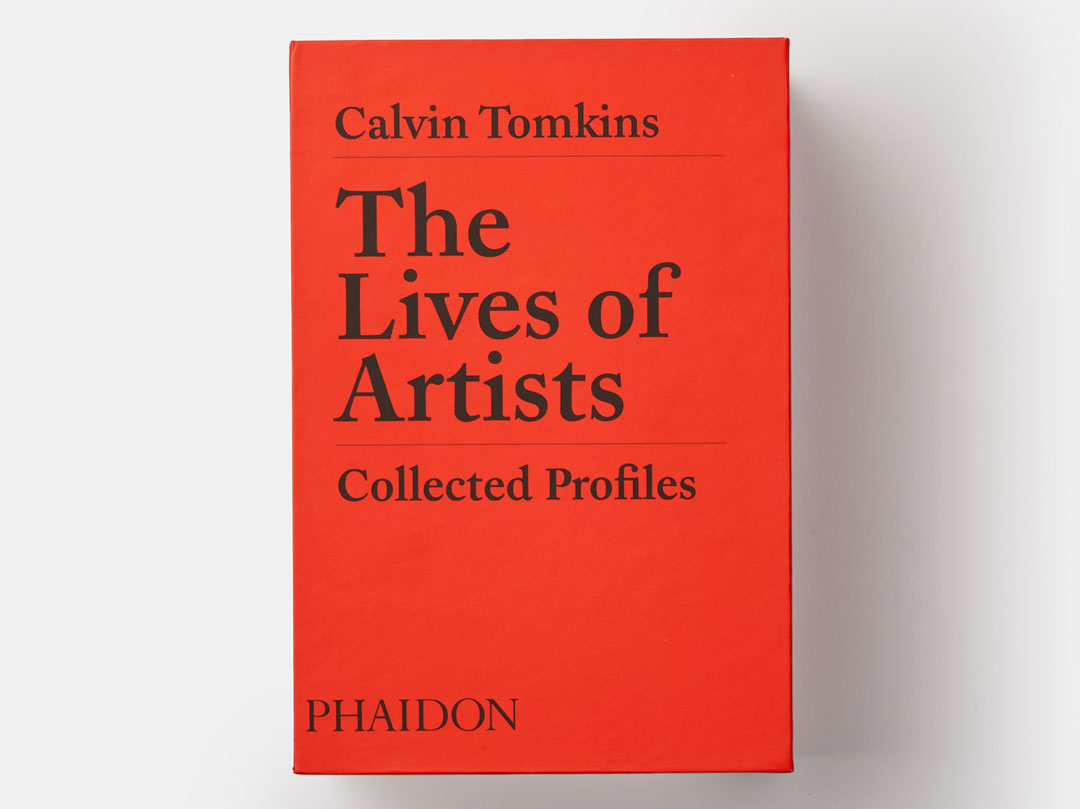
The Lives of Artists will find a fan in anyone who likes contemporary art, and wants to know more about its most important figures. Yet this collection of profiles is also rewarding for true gallery insiders, anyone interested in the true nature and expression of creativity and recent history, or anyone who appreciates clear, compelling story telling.
Head to the store to pre-order The Lives of Artists and be among the first to receive it when it’s published on 25 September.